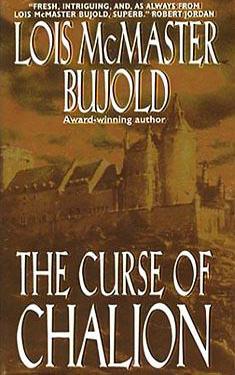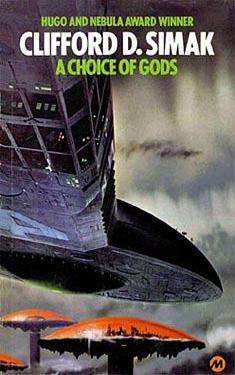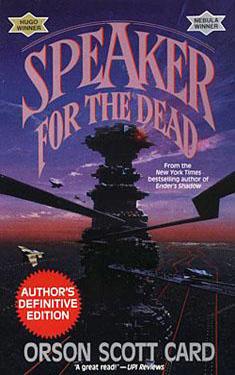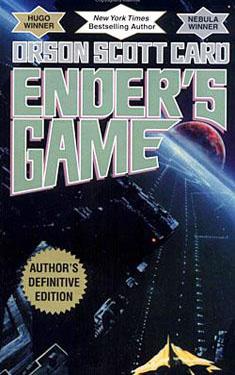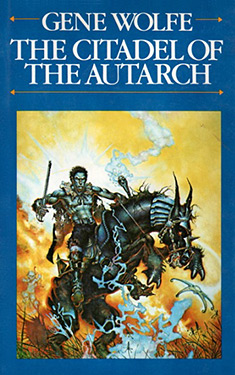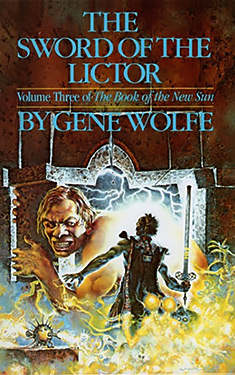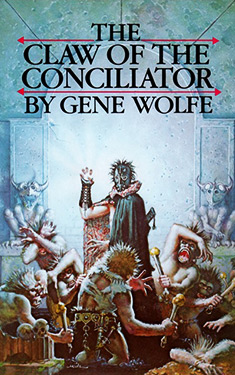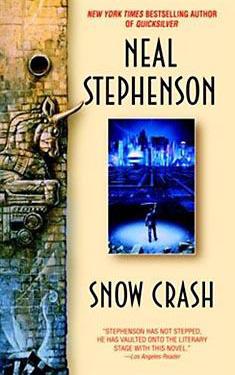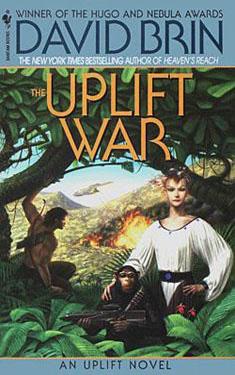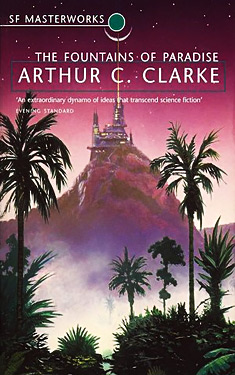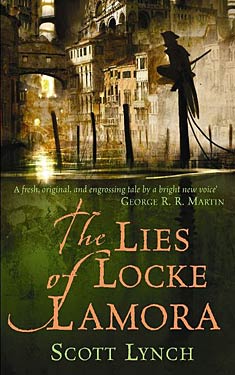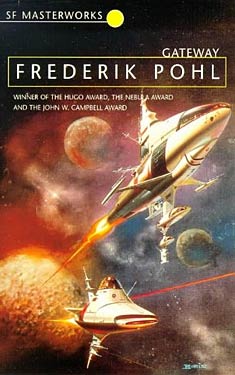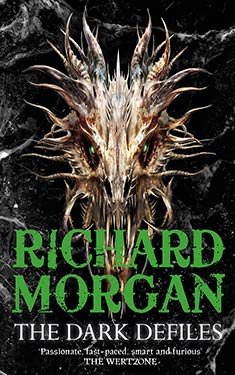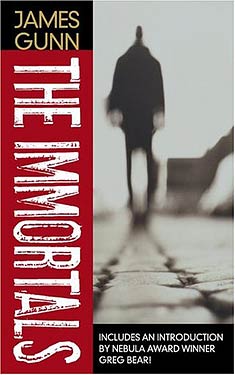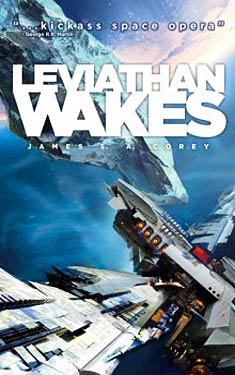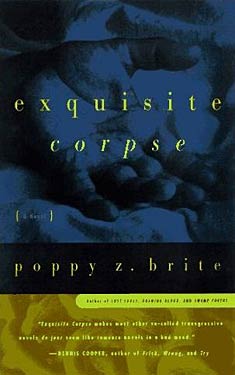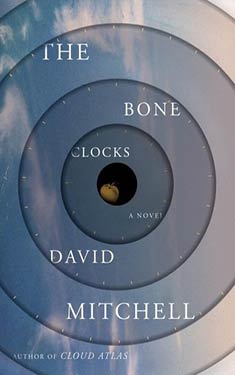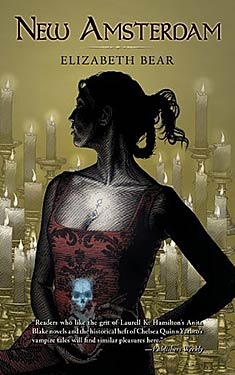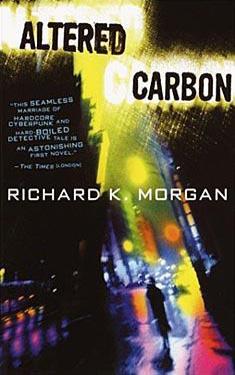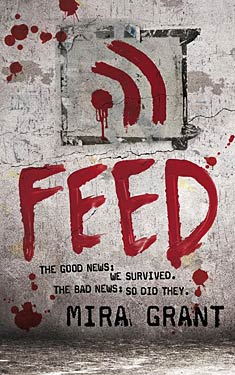Lois McMaster Bujold
Completed 12/21/2014, Reviewed 12/31/2014
5 stars
I finally got around to reading the first book of this
trilogy, having read the sequels, Paladin of Souls and The Hallowed Hunt,
earlier this year. Much to my relief, I
found “The Curse of Chalion” to be an awesome book. It has the same basic components found in the
later novels, but this time, the whole was the greater than the sum of its
parts. I was enthralled.
“Curse” follows Cazaril, who has just escaped nearly two
years as a galley slave for the Roknari, the enemies of Chalion. For some reason, he had been condemned to
that fate after being ordered to surrender the castle he was defending from the
Roknari while the rest of the soldiers were ransomed and released. He returns to Chalion physically and
emotionally damaged and assumes a position of tutor to Iselle, the royesse
(princess) and Betriz, her lady-in-waiting, under the patronage of her
grandmother, the dowager provincara, for whom he was a page before entering the
military. There, Cazaril discovers that
nearly that the whole royal family is under a dark curse, and he seems to be
the one person who can break it.
It’s taken me a long time to write this review. I knew I loved it, but I wasn’t sure
why. After a lot of reflection, I think
the reason is the main character, Cazaril.
He’s a broken man, hoping to find a place for himself in his old world,
no matter how lowly. He is empty,
defeated, feeling less than everyone around him. He’d rather not engage, let alone talk about
himself, lest tears well up, plummeting him into a debilitating crying
fit. Reading this book at this point in
my life, I could relate to brokenness, sidestepping conversations, lying in
response to the question “How are you?”, and wondering what passing remark or
obscure reference will tip me over the edge.
Yet through all this dejectedness, Cazaril finds he is
wanted, needed, and loved. He is even
willing to give up his life to save the lives of the people who have shown him
kindness. And by being the hero for
Chalion, he also redeems himself.
Once again, the religion of Bujold’s universe is a main
character in the story. The five gods,
the Father, Mother, Son, Daughter, and the Bastard, play major roles in the
people of Chalion. The Mother and
Daughter are featured in this novel. At
one point, Cazaril finds he has become a saint, touched by one of the gods and
given a second site that lets him see auras and ghosts, and hearing the gods’ whisperings. This gift permits Cazaril a reprieve from a
demon who wants to steal his soul for dabbling in death magic, and possession
by the soul of the man who died because of it.
The basic plot of this book is very simple, saving a kingdom
from an evil usurper. But it’s the journey
of Cazaril through his own personal demons, as well as through the spiritual
nightmare he’s put himself in that makes the book so astounding. The supporting characters are also great. I loved Iselle and Betriz. Through the book, they grow from annoying,
vapid teenagers to confident, powerful young adults.
I also really liked Umegat, a groom to the current roya
(king) of Chalion. He’s another broken
man who carries a powerful spiritual experience within himself as well. At first, he seems a little like Lurch from
the Addams Family. But he transforms
into a profound confidant, mentor, guardian, and friend to Cazaril.
The last thing I want to mention is the sensuality of the
book. Bujold created characters that,
while not all beautiful (though of course, some are very much so), have an earthiness
that was viscerally compelling. Even in
reflecting on the book while I write this review, I can still feel the powerful
attraction I had to these people. I
think this signifies that Bujold created real people, not cardboard characters
in a fantasy opera. I cared deeply for
them. Though it’s easy to tell how the
story will end (even without reading the sequels first), I wanted to see Cazaril
heroic journey and how Iselle comes into her own. After the last page, I wanted to hug them
tightly and whisper in their ears, “See, you did it”.
I give this book 5 out of 5 stars for the depth of Cazaril
and the supporting characters, and for the last sentence of my last
paragraph. I think if I had read this
book first, I might have had a different experience with the sequels, though
they were all supposed to be stand-alone stories. Or maybe I just read this book at the right
time in my life to finally get what Bujold trying to build in her universe of
Chalion. .
